Imagine waking up to the sight of glaciers glistening in the morning light, driving through landscapes that seem from another world, and having the freedom to stop wherever the road takes you. This is what an Iceland campervan trip offers—an adventure like no other.
Iceland has become a top destination for adventurers, and the trend of traveling by campervan is skyrocketing. This mode of travel offers unparalleled freedom and flexibility, allowing travelers to explore the country’s natural beauty without the constraints of traditional accommodation. But with so many options available, choosing the best campervan rental company in Iceland can be overwhelming. In this article, we will guide you through the essential factors to consider and recommend some top companies, all while providing tips for making the most of your campervan journey in Iceland.
Why Campervan Travel in Iceland is Gaining Popularity
Campervan travel in Iceland is becoming increasingly popular for several compelling reasons:
- Flexibility: A campervan allows for flexible travel plans. You can change your itinerary on a whim and explore off-the-beaten-path locations.
- Cost-Effective: Combining accommodation and transportation in one package can be more affordable, especially for extended stays.
- Immersive Experience: Being able to park near nature’s wonders, from waterfalls to glaciers, offers a more intimate travel experience.
Factors to Consider When Choosing a Campervan Rental Company in Iceland
Vehicle Variety
When renting a campervan in Iceland, it’s crucial to look at the variety of vehicles offered by the rental company. Different travelers have different needs, and the best companies provide a range of options to cater to them.
What types of campervans are available in Iceland?
In Iceland, you can find a wide range of campervans, from compact budget-friendly options to luxurious motorhomes. Classic models like the VW camper offer a blend of comfort and handiness, while larger vans can accommodate families or groups. Features to look for include bed capacity, kitchen facilities, and additional amenities such as Wi-Fi.
Pricing and Value
Pricing is a critical factor when choosing a campervan rental. However, it’s not just about finding the cheapest option but getting the best value for your money.
How much does it cost to hire a campervan in Iceland?
The cost of hiring a campervan in Iceland varies depending on the season, the type of vehicle, and rental duration. On average, prices range from €80 to €250 per day. Many companies offer packages that include unlimited mileage, kitchen equipment, and insurance, which can add excellent value. Always check what’s included in the rental contract to avoid unexpected expenses.
Insurance Options
Insurance is a crucial aspect of any vehicle rental, especially in a country with challenging terrains and unpredictable weather like Iceland.
What insurance options should you consider for a campervan rental?
Basic insurance usually covers third-party liability, but consider opting for additional coverage such as gravel protection, collision damage waiver, and theft protection to safeguard against common issues. Reviewing the insurance terms and understanding your coverage limits can save you from significant financial strain in case of accidents or damages.
Customer Service
The quality of customer service can significantly affect your campervan rental experience. From booking to vehicle return, seamless interaction is essential.
How important is customer service when renting a campervan?
Excellent customer service can make all the difference, especially if you encounter problems on the road. Look for companies with 24/7 assistance and positive reviews that mention helpful and responsive staff. An easy booking process, clear communication, and support during your journey are indicators of good customer service.
Top Campervan Rental Companies in Iceland
Campervan Iceland
Strengths: Campervan Iceland offers a modern and varied fleet, catering to different travel needs with competitive pricing and comprehensive insurance options. Their customer service is responsive, staffed by local experts who provide valuable travel advice. Convenient airport pick-up and drop-off, along with flexible payment and cancellation policies, make booking straightforward and stress-free.
Weaknesses: Availability can be limited during peak seasons. Some budget-friendly models may lack modern amenities like advanced entertainment systems and pick-up for specific models must be done at their airport office.
Campervan Reykjavik
Strengths: Campervan Reykjavik is praised for personalized service, a well-maintained fleet, and competitive, transparent pricing. Their easy rental process, flexible insurance options, and reliable airport transfer services are major highlights. Local staff offer expert travel tips, enhancing the overall experience.
Weaknesses: A smaller fleet can lead to limited availability, especially during high demand. They have a wide range of ‘standard’ campers available at low prices but not that many premium models to choose from.
Camp Easy
Strengths: Camp Easy is known for its diverse fleet and excellent customer support. They offer vehicles tailored for both solo travelers and families. Their vans come equipped with practical amenities, including heaters and cooking facilities. Camp Easy’s flexible booking policies and transparent pricing further make them a favorite.
Weaknesses: While their vehicles are reliable, some users have reported that they are older models. Additionally, the high demand may lead to limited availability during peak seasons.
Go Campers
Strengths: Go Campers stand out for their budget-friendly options without compromising essential features. Many reviews highlight their friendly staff and straightforward rental process. Their comprehensive insurance packages also receive positive feedback.
Weaknesses: However, a few travelers mention that the vehicle interiors could be better maintained, and some models lack modern conveniences like USB ports for charging devices.
Happy Campers
Strengths: Happy Campers have a strong reputation for their well-maintained fleet and innovative designs. Their vans are designed to optimize space and comfort, featuring high-quality mattresses and efficient storage solutions. They also offer excellent customer service, with numerous positive reviews praising their helpfulness and expertise
Weaknesses: On the flip side, Happy Campers tend to be on the pricier side, which might not fit all budgets. There are also occasional comments about less extensive pick-up and drop-off locations.
Kuku Campers
Strengths: Kuku Campers appeal to those looking for an adventurous and budget-friendly option. They offer a variety of quirky van designs and comprehensive rental packages, including free mileage and insurance options. Their strong online presence makes booking and obtaining information straightforward.
Weaknesses: The major drawback is that some users have reported inconsistencies in the mechanical performance of the vehicles. Additionally, while the customer service is generally good, there are mixed reviews about the responsiveness of their support team.
Expert and User Recommendations
Experts and users alike emphasize the importance of balancing price, vehicle variety, and customer service. For instance, reviews often highlight the value of going through user feedback and professional evaluations before making a decision. Reviews with expert opinions and helpful pictures can help you choose the best campervan rental in Iceland.
Tips for Making the Most of Your Campervan Trip in Iceland
Route Planning
Planning your route is an essential step to ensure you make the most of your campervan journey in Iceland.
What are the must-see destinations in Iceland?
Must-see destinations include the Golden Circle, Jökulsárlón Glacier Lagoon, and the famous Ring Road, which circumnavigates the whole island. Don’t miss out on the Blue Lagoon, the mighty Dettifoss waterfall, or the dramatic landscapes of Snæfellsnes Peninsula.
How do you plan a campervan route in Iceland?
Start by mapping out the top attractions you don’t want to miss and then plan your overnight stops in nearby campgrounds. Use travel apps and GPS for real-time updates on road conditions and nearby amenities. Flexibility is key, as weather conditions can change rapidly and affect your plans.
Practical Advice for Traveling in a Campervan
Where can you park and stay overnight in a campervan?
You can park overnight in designated campgrounds and specific parking areas. Wild camping outside of these areas is prohibited to protect the environment. Popular campgrounds include Reykjavík Campsite, Skaftafell National Park, and Egilsstaðir Campsite.
How do you manage supplies and amenities in a campervan?
Stock up on groceries at larger towns where you’ll find more variety and better prices. Familiarize yourself with gas stations that offer refill services for water and have bathrooms. Carry extra blankets, portable chargers, and non-perishable food items to ensure you’re prepared for contingencies.
Safety Considerations
Traveling safely should be a priority on your campervan trip in Iceland, given the country’s unique geographical features and weather conditions.
What safety tips should you follow when traveling by campervan in Iceland?
Firstly, always check the for road conditions and closures. Drive cautiously on gravel roads and adhere to speed limits. Prepare for sudden weather changes by packing warm clothing and emergency supplies. Knowing how to use tire chains and having a basic understanding of vehicle maintenance can also be lifesaving. Lastly, always let someone know your travel plans and estimated arrival times.
Weather and Road Conditions:
- Weather: Iceland is known for its unpredictable weather, even in summer. It’s crucial to be prepared for all types of conditions. Ensure you have waterproof clothing, tire chains if traveling in winter, and always keep an eye on weather forecasts.
- F-Roads: F-Roads are mountain roads that require 4×4 vehicles, and not all campervans are allowed on these routes. These roads are often rugged, rocky, and may include river crossings. Before venturing, check that your insurance covers these routes and follow local advice. Popular F-Roads include F208 towards Landmannalaugar and F35 crossing the Kjölur highlands.
- Planning for the Unexpected: Always carry a physical map in addition to using GPS, as some remote areas have little to no signal. It’s also advisable to inform someone of your daily plans, especially if you plan to venture into more desolate areas.
7-Day Itinerary for an “Iceland Campervan Trip”
Day 1: Reykjavik and the Golden Circle
- Driving Time: Reykjavik to Thingvellir (~45 minutes)
- What to See: Explore the historically and geologically fascinating Thingvellir (2-3 hours), then continue to the impressive Gullfoss waterfall (1-1.5 hours) and end with the explosive geyser Strokkur in the Geysir geothermal area (1-1.5 hours).
- Recommended Campground: Laugarvatn Camping, near Geysir, ideal for a comfortable first night.
As we walked through Thingvellir, it was incredible to see the visible rift between the North American and Eurasian tectonic plates. Standing there, between two continents, made me realize how unique Iceland truly is. The power of Gullfoss and the unpredictability of Strokkur left us in awe, setting the perfect tone for the adventure ahead.
Day 2: Heading to the South Coast
- Driving Time: Geysir to Vik (~2.5 hours)
- What to See: Visit the Seljalandsfoss (30-45 minutes) and Skógafoss (1 hour) waterfalls, then explore the black sand beaches of Reynisfjara (1-1.5 hours) and the picturesque village of Vik (1 hour).
- Recommended Campground: Vik Camping, a practical spot with good facilities.
Seljalandsfoss was stunning, but the real magic happened when we walked behind the waterfall. The mist in the air and the roar of the water made it feel like we were in our own little world. Later, standing on Reynisfjara Beach, watching the waves crash against the basalt columns, was both humbling and exhilarating.
Day 3: Detour to Skaftafell National Park
- Driving Time: Vik to Skaftafell (~2 hours)
- What to See: Dedicate the day to hiking in Skaftafell National Park (1-2 hours), visiting the Svartifoss waterfall (2-3 hours), and enjoying views of the glacier.
- Recommended Campground: Skaftafell Camping, located within the park, offers easy access to trails.
The hike to Svartifoss was challenging but worth every step. When we finally reached the waterfall, the dark basalt columns contrasted beautifully with the white water cascading down. It was the perfect spot to take a break and simply soak in the beauty of Iceland.
Day 4: Jökulsárlón Lagoon and the East Coast
- Driving Time: Skaftafell to Jökulsárlón (~40 minutes)
- What to See: Spend the morning at the Jökulsárlón glacier lagoon (1-2 hours) and Diamond Beach ( 30 minutes), where icebergs crash onto the black sand.
- Recommended Campground: Höfn Camping, in the fishing village of Höfn, famous for its lobster.
I remember one night near Jökulsárlón, where we parked in a secluded spot and watched the Northern Lights dancing over the glacier lagoon. It was as if the sky was painting a picture just for us. That night, I truly understood the magic of exploring Iceland in a camper van.
Day 5: The East Fjords
- Driving Time: Höfn to Egilsstaðir (~3 hours)
- What to See: Drive through the dramatic East Fjords (2-3 hours), enjoying stunning landscapes and isolated fishing villages.
- Recommended Campground: Egilsstaðir Camping, a good place to rest before continuing north.
Driving through the East Fjords felt like we were the only people on Earth. The winding roads took us through some of the most remote and breathtaking scenery we had ever seen. We stopped in a small village for coffee and ended up chatting with a local fisherman who shared stories of the fjords. It was one of those moments that made us feel connected to the land and its people.
Day 6: Waterfalls and Hot Springs in the North
- Driving Time: Egilsstaðir to Mývatn (~2.5 hours)
- What to See: Explore Dettifoss (1 hour), the most powerful waterfall in Europe, and relax in the Mývatn Nature Baths (1-2 hours).
- Recommended Campground: Mývatn Camping, near the hot springs, perfect for a relaxing night.
Dettifoss is raw power. The sheer force of the water took our breath away. Later, soaking in the warm waters of the Mývatn Nature Baths under a sky full of stars was the perfect way to relax after a day of exploring. We felt like we were in another world.
Day 7: Akureyri and Return to Reykjavik
- Driving Time: Mývatn to Akureyri (~1 hour), then Akureyri to Reykjavik (~5 hours)
- What to See: Stroll through the picturesque town of Akureyri (2-3 hours) before making the long drive back to Reykjavik, with an optional stop at the Snæfellsnes Peninsula (2-3 hours).
- Recommended Campground: Reykjavik Campsite, ideal for your last night before returning the campervan.
Akureyri was a charming surprise, with its vibrant street art and cozy cafes. We spent the morning wandering around the town, visiting the botanical gardens, and enjoying a leisurely lunch with a view of the fjord. The drive back to Reykjavik was long but scenic, with the changing landscapes making it feel like the perfect conclusion to our journey. As we approached the city, the sun was setting, casting a golden light over the mountains. It was a bittersweet moment—excited to return to the comforts of the city, but already missing the wild beauty of the Icelandic countryside.
Summary
Traveling by campervan in Iceland is a fantastic way to explore the nation’s natural beauty at your own pace. By understanding the factors involved in choosing the right rental company and preparing wisely for your trip, you can ensure an unforgettable adventure. Prioritize your needs, read reviews, and take expert and user recommendations to heart. Happy travels!
The key to a safe and successful campervan trip in Iceland is flexibility and preparation. Conditions can change quickly, so keep an adventurous spirit and you’ll be ready for whatever Iceland throws your way.

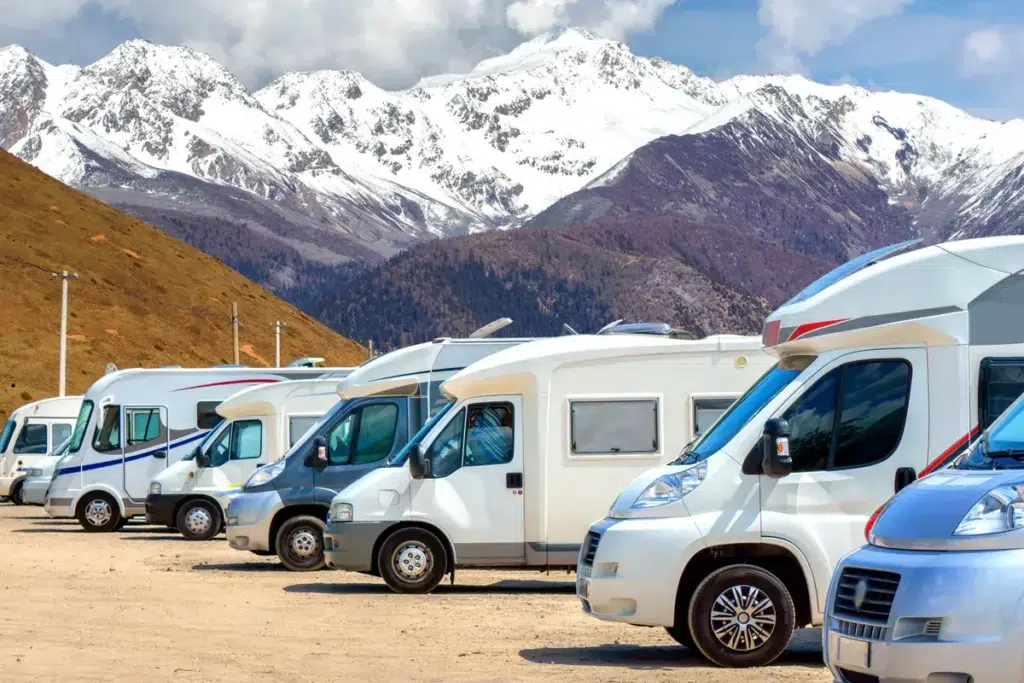
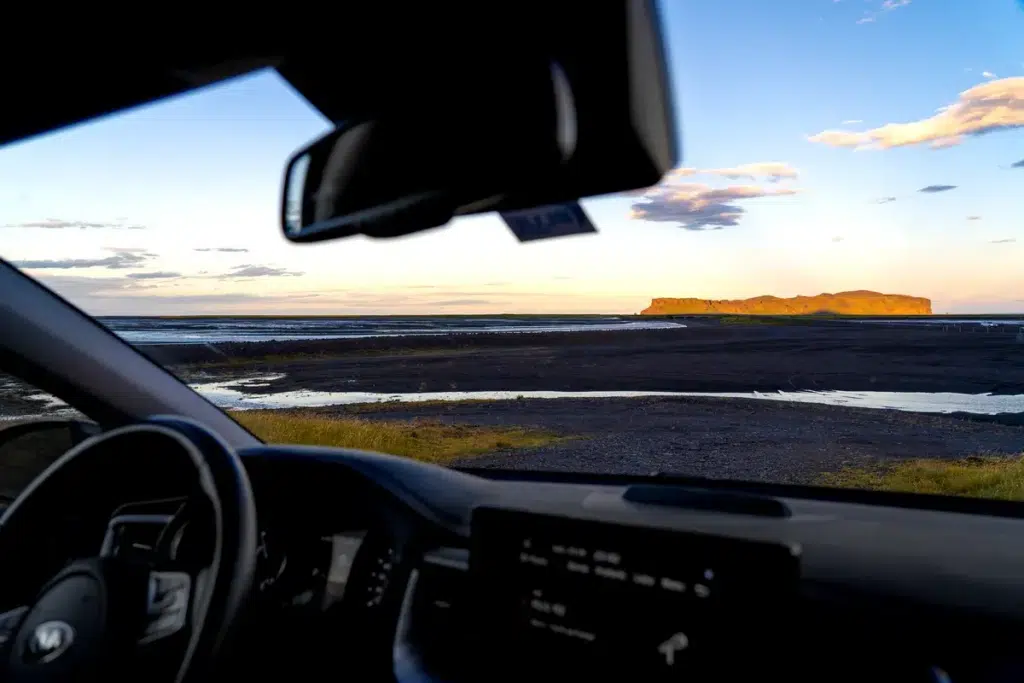
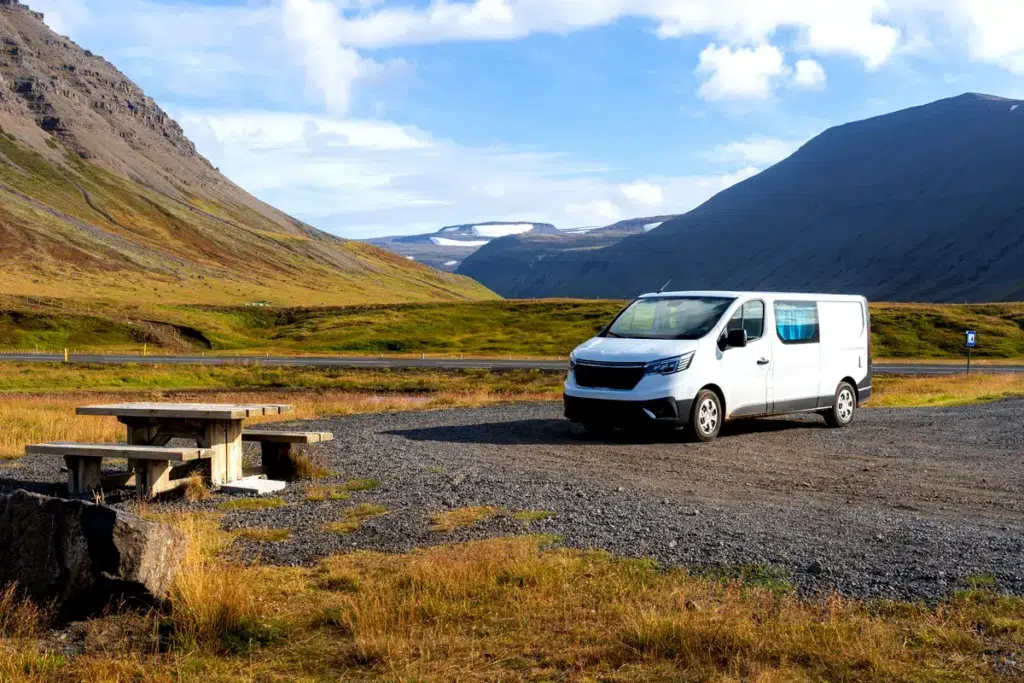
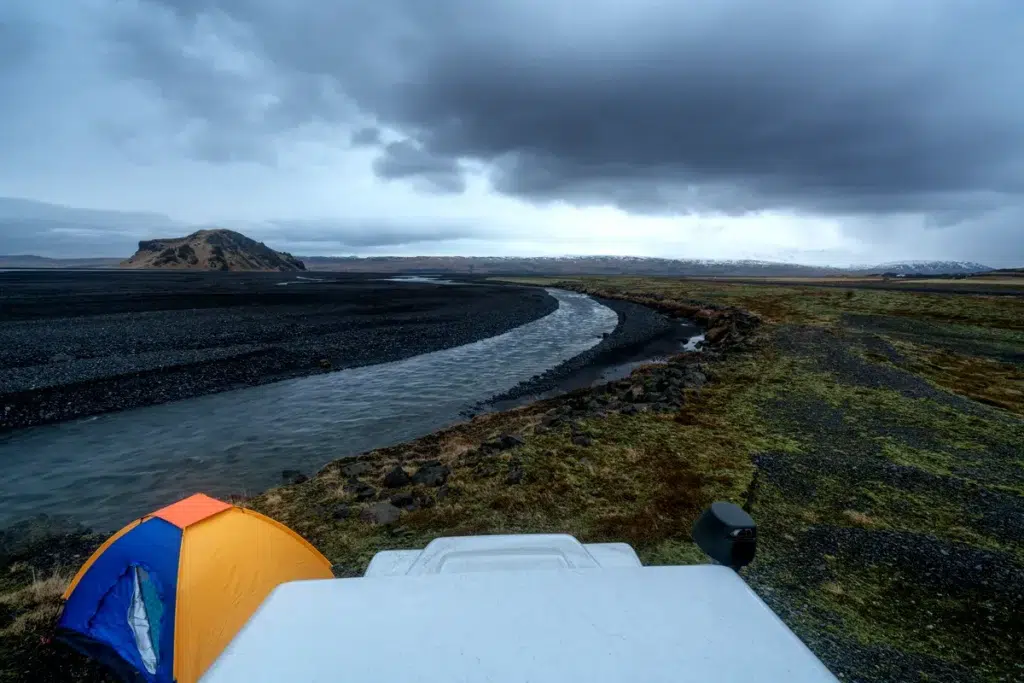
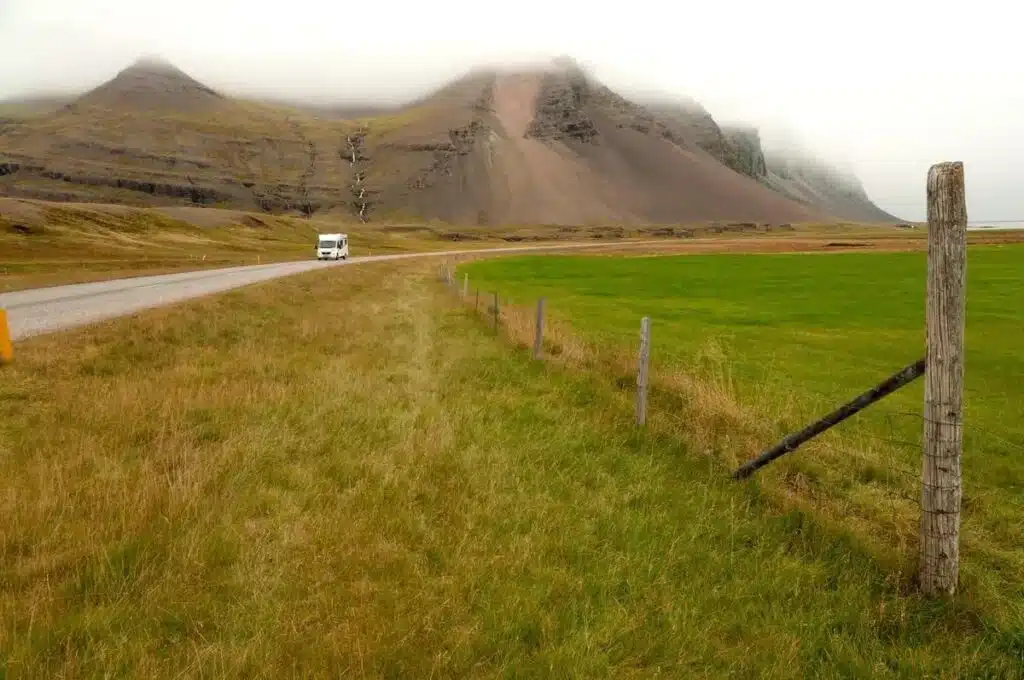
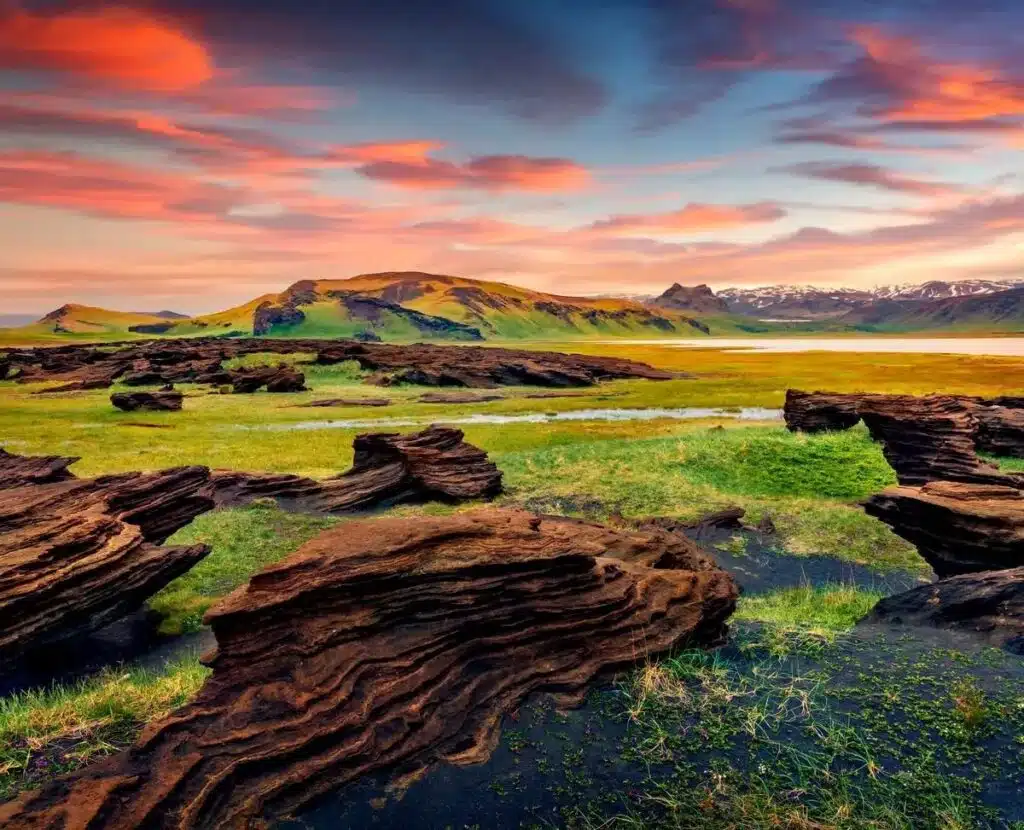
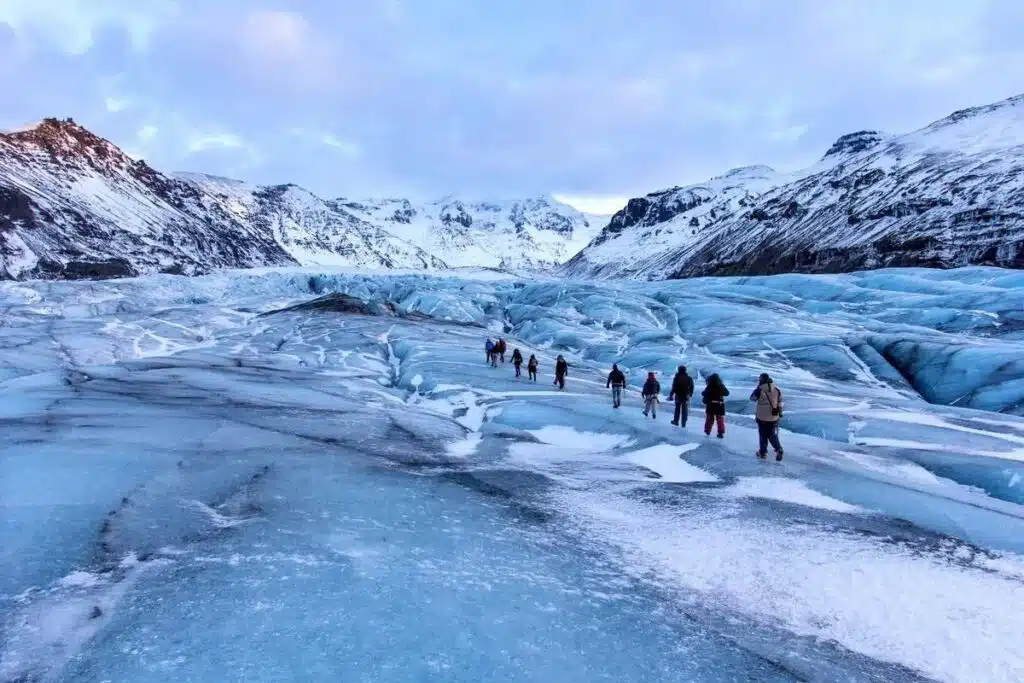
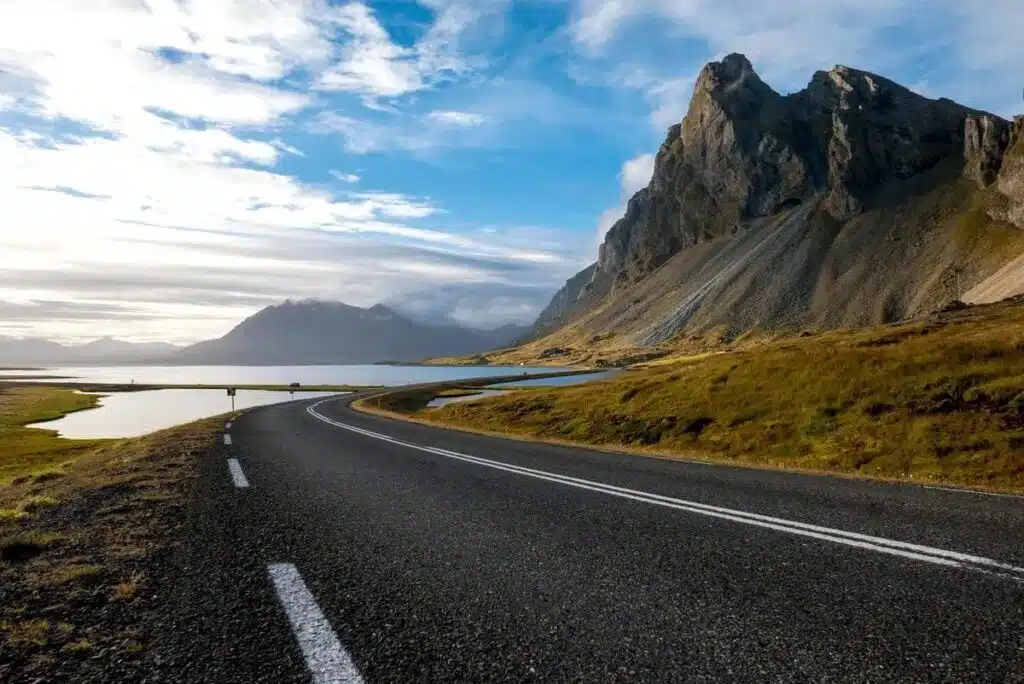
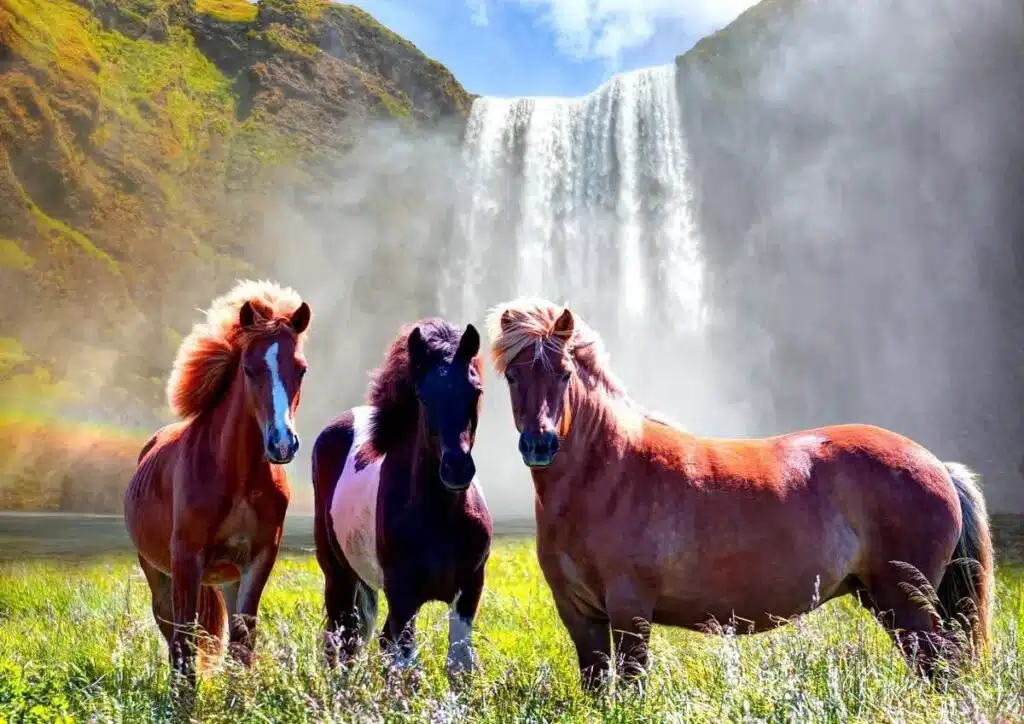
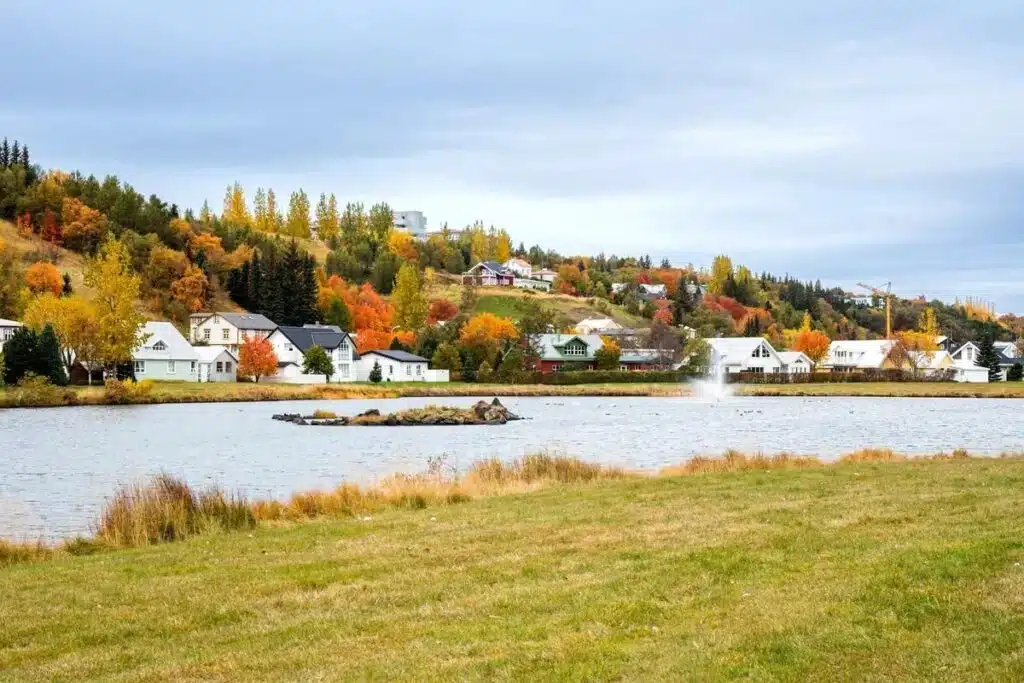
0 Comments